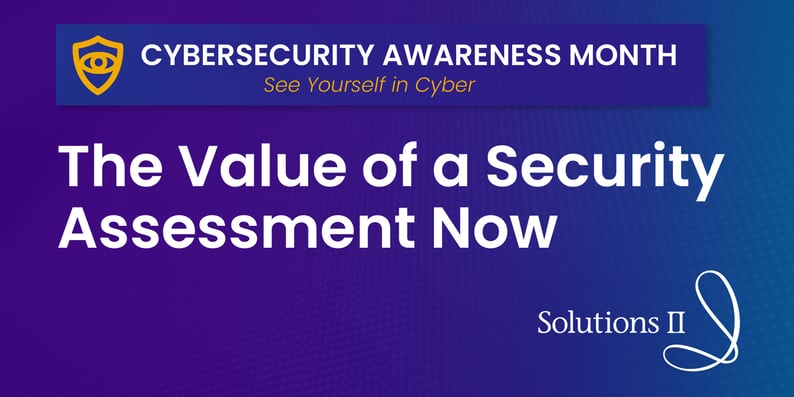
What happens when you reimagine the data center, envisioning it as set of capabilities rather than a physical space housing servers and equipment? By taking the focus off the physical boundaries of the data center, organizations gain the freedom to achieve value that might have remained unrealized. The data center can transform itself from a legacy “cost center” to an agile, strategic resource.
The Adaptable Data Center® (ADC) framework elevates and reframes the purpose of a data center. The focus becomes, “What are our desired business outcomes and how do we best achieve them,” rather than, “How many servers and how much storage do we need?” By being adaptable, the ADC protects the confidentiality, integrity, and availability of data, assets, and capabilities without increasing associated costs and complexities. By adopting a secure mindset and adaptable framework, your data center can propel your business toward its desired future state—without adding complexity or increasing the risk and costs. And it all begins with a comprehensive security assessment that addresses current and future security gaps.
The Value of a Security Assessment
Making Your Data Center Work for You
Serving as a roadmap forward, the security assessment begins with an understanding of the organization’s existing security programs, technical debt, operational gaps and opportunities, and strategies for optimization. A comprehensive security assessment considers the organization's business objectives and identifies security vulnerabilities that put those objectives at risk. It also includes recommendations for improving the organization's security posture to minimize threats. The following steps are essential to assessing and optimizing your organization’s security landscape.
1. Identify your desired business outcomes.Everything that supports your organization’s objectives—from the underpinning tools and technology infrastructure to the skilled resources that drive your processes—should be assessed and aligned with desired business outcomes.
2. Assess your current security controls—technical, administrative, and physical—and understand how these controls are being operationalized. Using a guided assessment, the business can quantify its current state, determine its investment in existing security technologies, and ultimately operationalize and maximize those investments.
3. Look for areas of technical debt that often go unnoticed in security programs.An accurate assessment can free up budget for needed investments that can improve the organization's security posture.
4. Identify operational gaps in your security program and develop a roadmap for change.
Maximizing the security technologies that are already in place and outlining a plan to address remaining gaps can help maximize return on investment. The result is a foundational roadmap that drives cyber-resiliency.
Reimagining your data center and IT capabilities starts with a comprehensive security assessment.
Once an assessment identifies and addresses existing security gaps, an adaptable data center framework can help your business improve operational efficiency amid emerging threats. Addressing security gaps requires both a short- and long-term approach. Short term, businesses need to identify urgent issues that can be solved with immediate, targeted fixes. Over the longer term, businesses must look to strategies that thwart the multitude of emerging security threats by instilling a secure mindset as part of the organization’s cultural fabric.
Solutions II is experienced at conducting security assessments that provide a roadmap to secure change. Contact us to learn how our security assessment and ADC framework can help your business identify and resolve security gaps and optimize business performance.
Have questions or need a security assessment for your organization? Leave a comment or contact us to learn how a security assessment can protect your organization.

Jason Norred
CISO & Security practice Leader at Solutions II
Other recent articles by Jason Norred:
The Zero Trust Security Model
Avoiding Common Data Security Pitfalls
Download our eBook: Adaptable Data Center®, a New Perspective




Comment Form